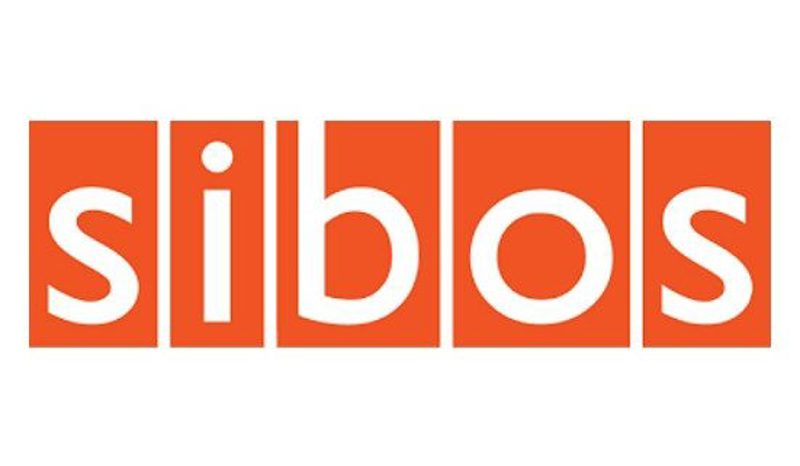Ian Kerr, CEO, Bolero International
Two events on different continents have made clear how trade finance is moving beyond elementary education when it comes to trade digitisation.
No longer is it necessary to explain in simple terms what the benefits are for banks and corporates when it comes to digitising bills of lading or letters of credit, for instance.
The first event was the SIBOS conference in Toronto, where the Bolero team, including chief executive Ian Kerr, chairman Daniel Cotti and head of sales Andrew Raymond, exchanged ideas with a vast array of international banks.
Meeting with 20 heads of trade, plus technology partners at what is the financial industry’s major conference, networking and exhibition event, it was obvious that the appetite and interest in digitisation has led to more informed discussions. The focus has shifted from basic questions to hunger for use-cases and information about how technologies such as blockchain might be applied securely to trade and supply chain transactions.
SIBOS also gave us a great opportunity to discuss our recently announced partnerships with R3 and HSBC with many of our customers and prospects. The point we made throughout was that corporates need to accept digitisation and think through what it is going to mean before getting stuck into the details of particular technologies or applications. Once the philosophical adjustment has been made, Bolero can help with the next stage. At the subsequent GTR Nordic Region Trade & Export Finance Conference in Stockholm, there was, if anything, a greater level of maturity in the enthusiasm for trade digitisation, helped by the regional dominance of exporters that have established excellent working relationships with the region’s banks and corporate customers.
Ian Kerr moderated a panel on modernising trade, entitled “Plotting the direction of travel for banks, fintechs and solution-providers”. One of the first points he made was to highlight the missing participants – the corporates, whose engagement is crucial.
It was however, a very valuable session which moved beyond the usual crystal ball-gazing and considered whether banks will embrace digitisation first before fine-tuning their choice of solutions, or whether they will wait to see which technology wins before they do anything.
Ian made the point, backed up by some recent research, that financial departments within enterprises are often neglecting the very kind of digital innovation they demand of their banks. It is these departments that are proving to be some of the most sluggish on the path towards digital transformation. What is required is for banks to better articulate the benefits of digitisation.
On that subject the panel was invited to identify the low-hanging fruit where quick gains are to be had through trade finance digitisation, even if corporates, banks, carriers and other parties involved in trade all have their own separate aims.
The panel, which included Jonas Kälfors from Atlas Copco Financial Solutions, Michael Vrontamitis from Standard Chartered, Winfried Blasius, from Surecomp, and Rowan Austin from NatWest, also moved on to consider the financial institution’s back-office and its continuing reliance on matching paper documents.
A fascinating discussion ensued about the potential for AI and machine learning to be applied to scanned documents, essentially creating structured data from documents. This is a world that is undoubtedly changing, but will it be one in which many important functions are automated, such as lending decisions? In the short-term it will certainly involve the automation of repetitive, mundane work that will free up employees for more valuable tasks.
It was very welcome that the discussions about trade finance technology are now moving on and that the wind is blowing in a favourable direction for Bolero as it leads the voyage towards digitisation.
